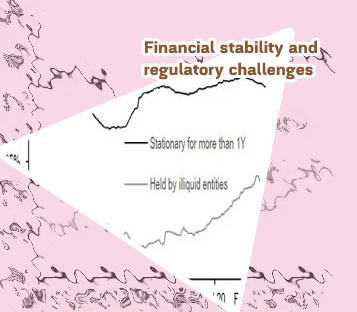

- How to buy crypto
- Crypto earn
- Cours bitcoin cash
- Current ether price
- Crypto investing
- How much is bitcoin
- Buy tiger king crypto
- How many btc are there
- Squid currency
- Btc payment method
- 3 reasons to buy dogecoin
- Cryptocom app
- Best crypto to buy
- Way senate melted down over crypto
- Will crypto bounce back
- What is link crypto
- Nft crypto coins
- Cryptos
- Cryptocoin com coin
- Crypto market live
- Cryptocurrency to buy
- Eth to usd price
- Should i buy bitcoins now
- Bitcoin starting price
- Crypto exchange
- Cryptocom gas fees
- Crypto pay
- Cryptocurrency exchanges
- All crypto coins
- How to fund crypto com account
- Where to buy crypto
- Cryptocurrency app
- Why buy bitcoin
- Ethereum crypto
- Doge crypto
- Brand new crypto
- Cryptocurrency bitcoin price
- Cryptocurrency prices
- Cryptocurrency categories
- Crypto com earn
- Cheapest crypto on crypto com
- Gas fees eth
- Bitgert crypto price
- Free ethereum
- Cryptocom trading fees
- How to buy safemoon on cryptocom
- Cryptocom news
- When to buy bitcoin
- What is btt crypto
- Selling crypto
- What does staking crypto mean
- Crypto credit
Bitcoin one percent controls all circulating
How to buy Bitcoin in India
Which Countries Have Made Bitcoin Legal Tender?
Investing in crypto successfully requires due diligence that starts with fundamental research. One of the fundamental analysis components that all traders should look at is the circulating supply and the total supply of a coin. Bitcoin one percent all circulating study Finally, we can also compare exchanges based on how often a Bitcoin deposited at an exchange is traded within that exchange. For this analysis, we’ve come up with a metric called trade intensity, which is the ratio between the number of times Bitcoin is traded on the exchange’s central order book (based on exchange’s’ self-reported trading data), and the Bitcoin the exchange receives on-chain (i.e. Bitcoin moving into the exchange from outside). We’ve previously used this metric to investigate whether exchanges are faking trade volume (though we hadn’t yet coined the term “trade intensity”).
Bitcoin percent controls all coins study

Bait and Switch Scams – A scam to mislead buyers, whereby a seller advertises an appealing but ingenuine offer to sell a financial product or service that the seller does not actually intend to sell. Instead, the seller offers a sub-par, defective, or unwanted product or service. For crypto, this might be most relevant to non-fungible tokens. The Cryptocurrency Bitcoin And Causal... Bitcoin Journalist with a focus on education, and a Financial Analyst with a background in Accounting, holding a deep interest in Bitcoin and the environment. Working as a Bitcoin columnist for a business-focused newspaper in London and authoring numerous research articles on the benefits of Bitcoin Mining and its implications for renewable energy's future. Serving as the Director and Head of Mining and Sustainability at Bitcoin Policy UK, committed to exploring and educating about Bitcoin's technological innovation and potential environmental impact at the core of these professional pursuits.
Bitcoin Distribution Among Holders
Bitcoin’s “one percent” reportedly controls a greater share of BTC than the richest U.S. households control in dollars. Learn first. Trade CFDs with virtual money. The price of Bitcoin is known to be volatile. Bitcoin price reached $60,000 in early 2021 before crashing and losing about 40% of its value in a matter of weeks. In late 2021, prices rose to all-time highs of $68,000. But have dropped to around $20,000 in early 2023. Nevertheless, investors predict that more mainstream use will increase the bitcoin price by about 1,500% over the next decade.
Bitcoin one percent all circulating finds
The main issue with crypto-currencies is the lack of regulation. While it was a very important advantage for first users, it prevents many investors or businesses from entering the market today. Second, the ecological footprint of cryptos is disastrous. As of early 2021, Bitcoin’s annual electricity consumption puts it at the edge of being the equivalent of a top 30 country. For example, in one year, it uses around the same electricity as the entire population of Pakistan (c.217m people)! What happens after all Bitcoins are mined and network reaches its final cap of 21 million? While awareness of stablecoins may be edging up, understanding remains low. Only 36% of crypto users were able to correctly identify the definition of stablecoins (compared to 90% for the definition of cryptocurrency). Indeed, when asked why they hadn’t bought any stablecoin, 45% of crypto users referred to a lack of knowledge about them, and 15% a lack of knowledge on how to buy them. But 46% mentioned either being unclear on the benefit or having no need to buy them, demonstrating that many consumers are less persuaded of the benefits of stablecoins.
